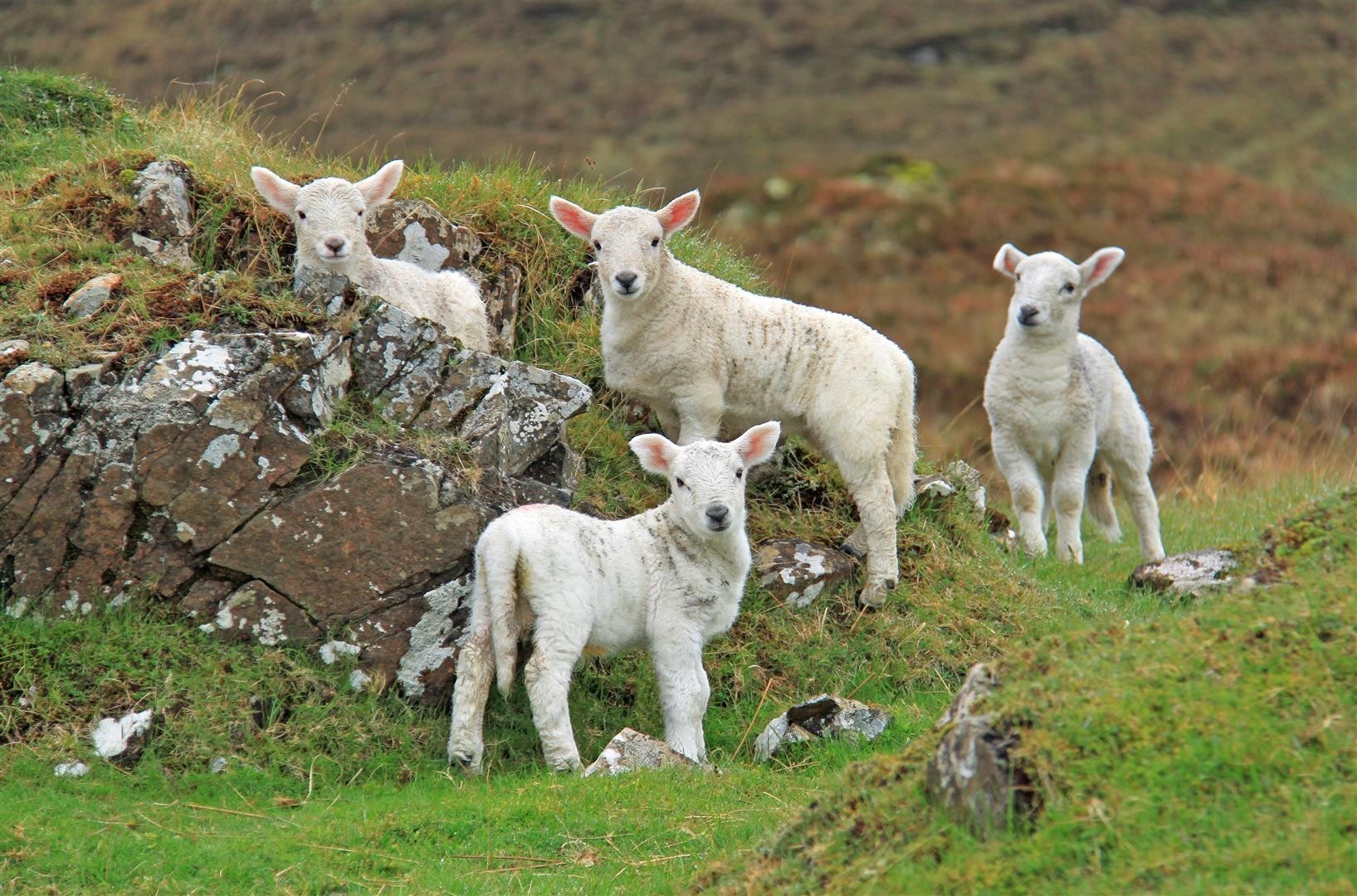Alarm bells are ringing in British sheep industry circles over a new EU report which has called for increased support for sheep farmers across all European member states.
The report, by a forum set up by EU farm commissioner Phil Hogan to consider falling sheep numbers and reduced lamb consumption, also suggests support could be coupled to livestock numbers, a measure that was phased out many years ago.
And while such a move might have been an appealing prospect for many Scottish farmers before the EU referendum, there are now fears that any extra CAP support for farmers still in Europe would put the industry at a huge competitive disadvantage post-Brexit.
NSA Scotland chairman Sybil MacPherson said that the sheep industry was already suffering from nervous times and any CAP policy changes during Brexit negotiations would have a direct impact on Scottish producers. She also dismissed any return to coupled support as a retrograde step.
“It was established years ago that coupled payments were not a clever idea at all. They can lead to overgrazing and overproduction. And headage payments could seriously distort trade,” she said.
Fife farmer George Milne, NSA Scotland’s development officer, warned that Scotland had seen the most significant decline of sheep numbers across Europe and pointed out that communities had already suffered from the impact of land abandonment when sheep were removed from the high hills.
However he welcomed another of the report recommendations, to increase the promotion of lamb within the EU in order to curb the decline in consumption.
He said: “There is clear evidence that when a campaign is in place in Scotland there is an increase in consumption during that period. We need to find funding for longer or more frequent campaigns.”
NSA Policy Officer Joanne Briggs added: “The UK is the biggest producer of lamb in Europe and a global exporter and, as such, would like to see more people enjoy lamb and appreciate how consumption is beneficial for human health and allows sheep farmers to deliver a whole range of additional public goods in rural areas.
“Generic campaigns such as ‘Lamb: tasty, easy, fun’ have been instrumental in promoting an ‘eat the landscape’ message and we need more of this.”
The National Sheep Association (NSA) has called on the UK Government to examine the report, largely because it came about as a result of concerns over the fragility of the sheep sector across Europe. Mr Hogan asked the forum to consider how falling sheep numbers jeopardised the “public goods” delivered by sheep farming businesses such as rural tourism and the preservation of heritage.
The report incorporated submissions from forum representatives including NSA, UK levy bodies and UK farming unions.
nnicolson@thecourier.co.uk







